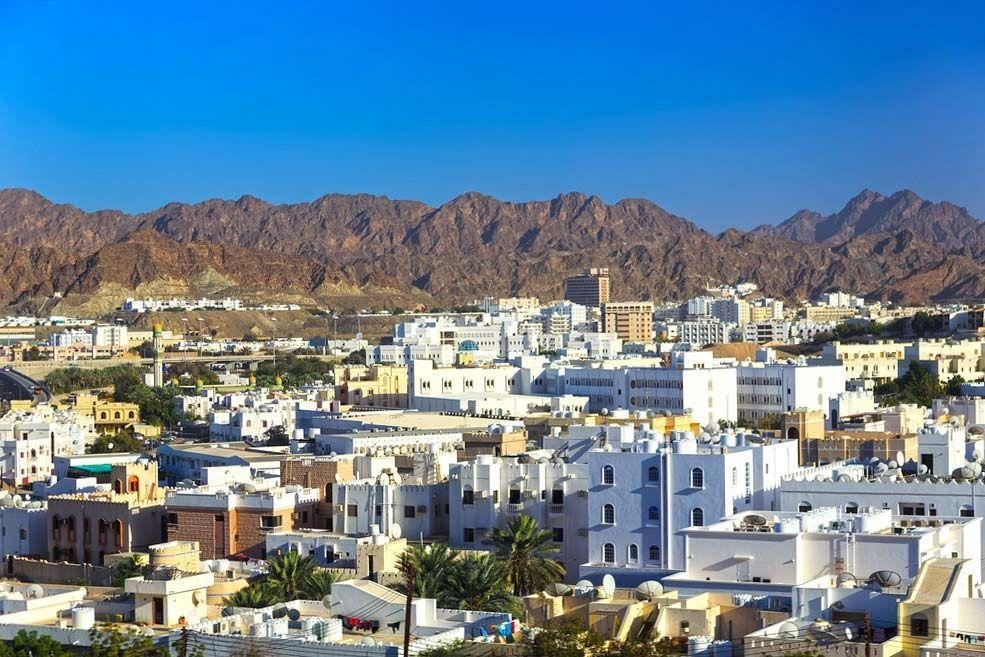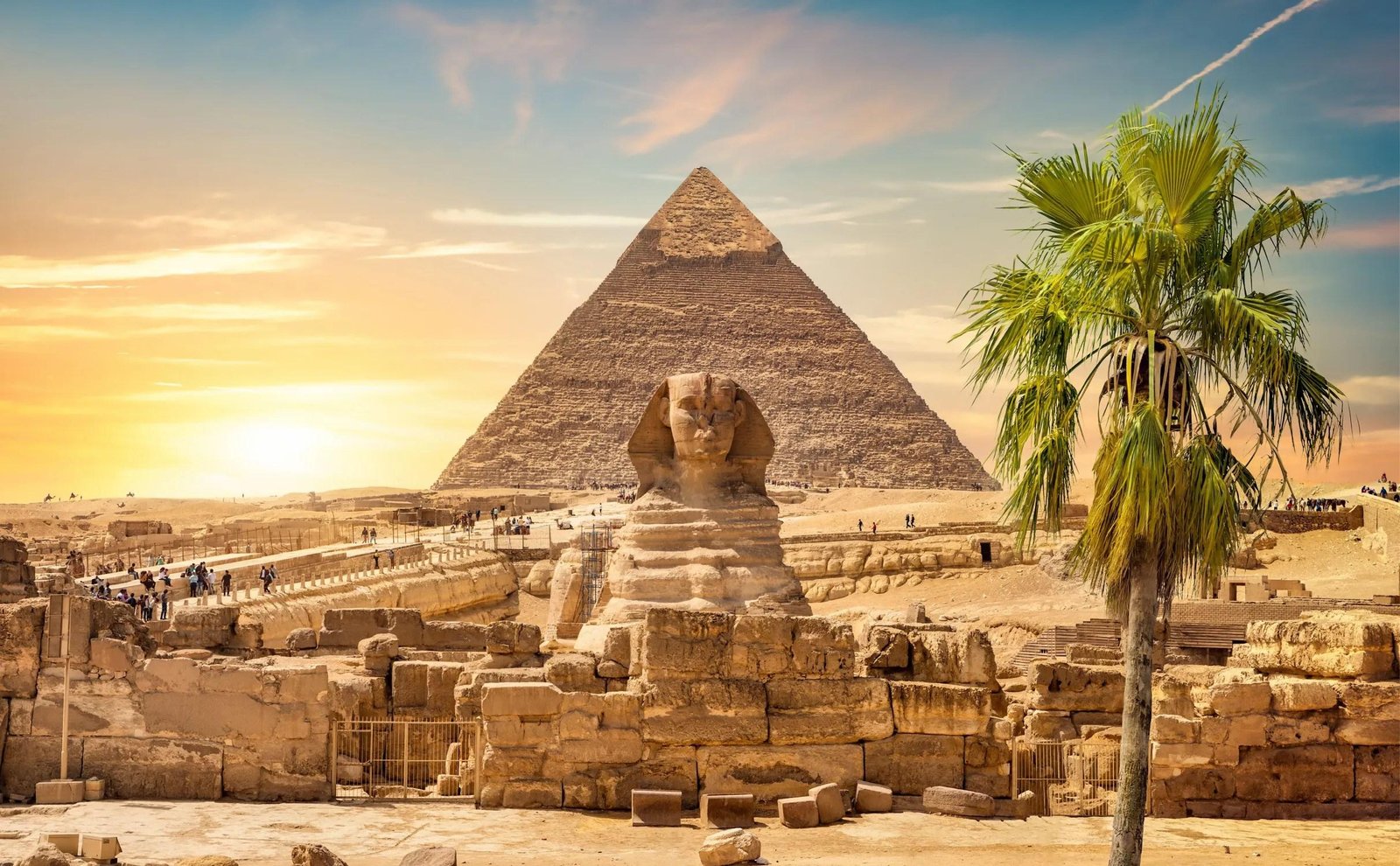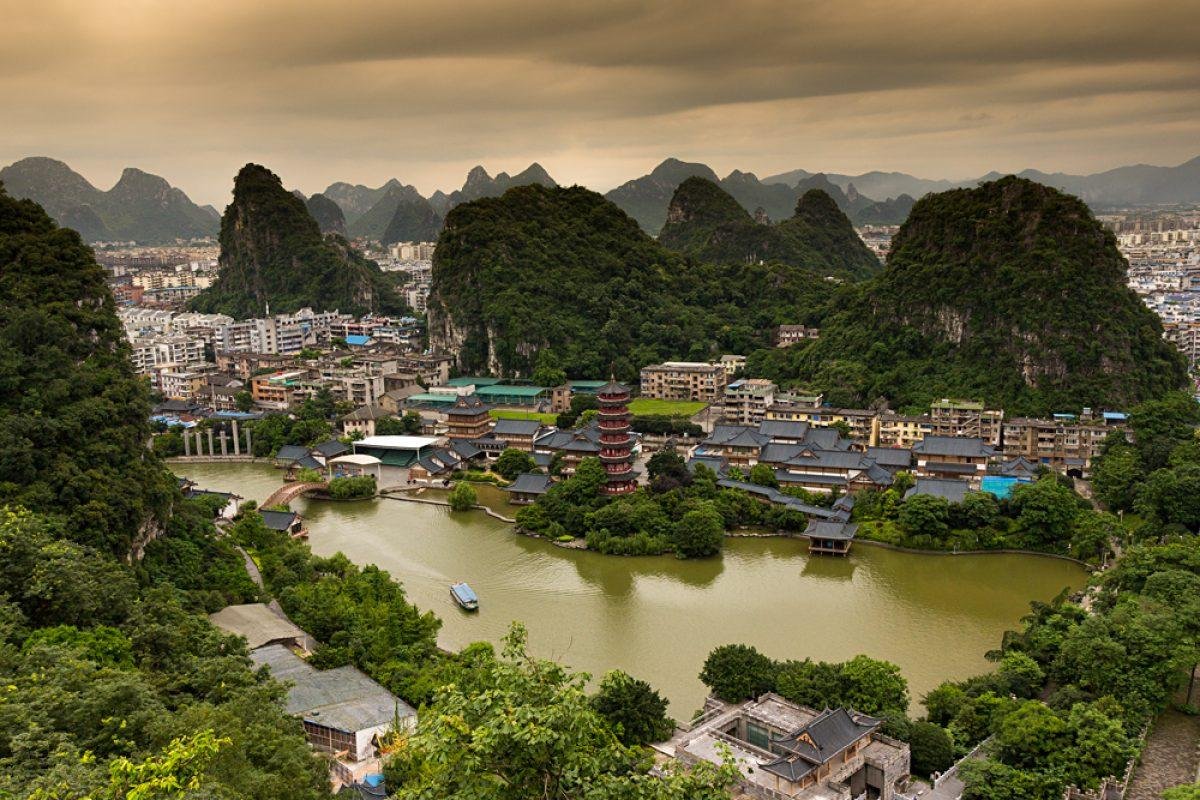Muscat, the capital city of Oman, is a captivating blend of traditional Arabian architecture and modern design, reflecti...
The Architectural Heritage of Verona, Italy
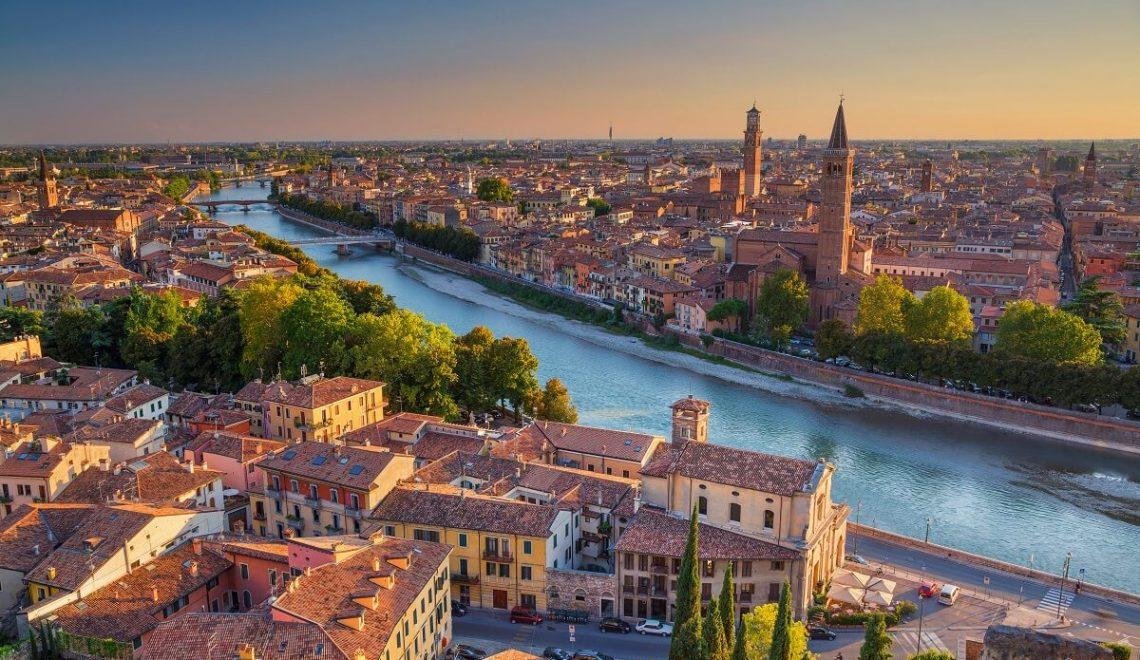
Verona, a city in northern Italy, is renowned for its rich architectural heritage that spans centuries, showcasing a captivating blend of Roman, medieval, Renaissance, and Baroque styles. This UNESCO World Heritage site, famous for its association with Shakespeare’s "Romeo and Juliet," boasts a diverse array of structures that reflect the city's historical significance and cultural vibrancy.
At the heart of Verona lies the impressive Arena di Verona, a Roman amphitheater built in the first century AD. This architectural marvel, with a seating capacity of around 15,000, is one of the best-preserved ancient structures in Italy. The Arena's elliptical shape and intricate stonework exemplify Roman engineering prowess. Today, it serves as a venue for opera performances and concerts, attracting thousands of visitors each year.
Adjacent to the Arena is the Piazza Bra, a bustling square that showcases a mix of architectural styles. The square is lined with elegant buildings, cafes, and shops, making it a vibrant gathering place for locals and tourists alike. The Palazzo Barbieri, with its neoclassical facade, adds to the square's charm, symbolizing Verona's significance as a regional center.
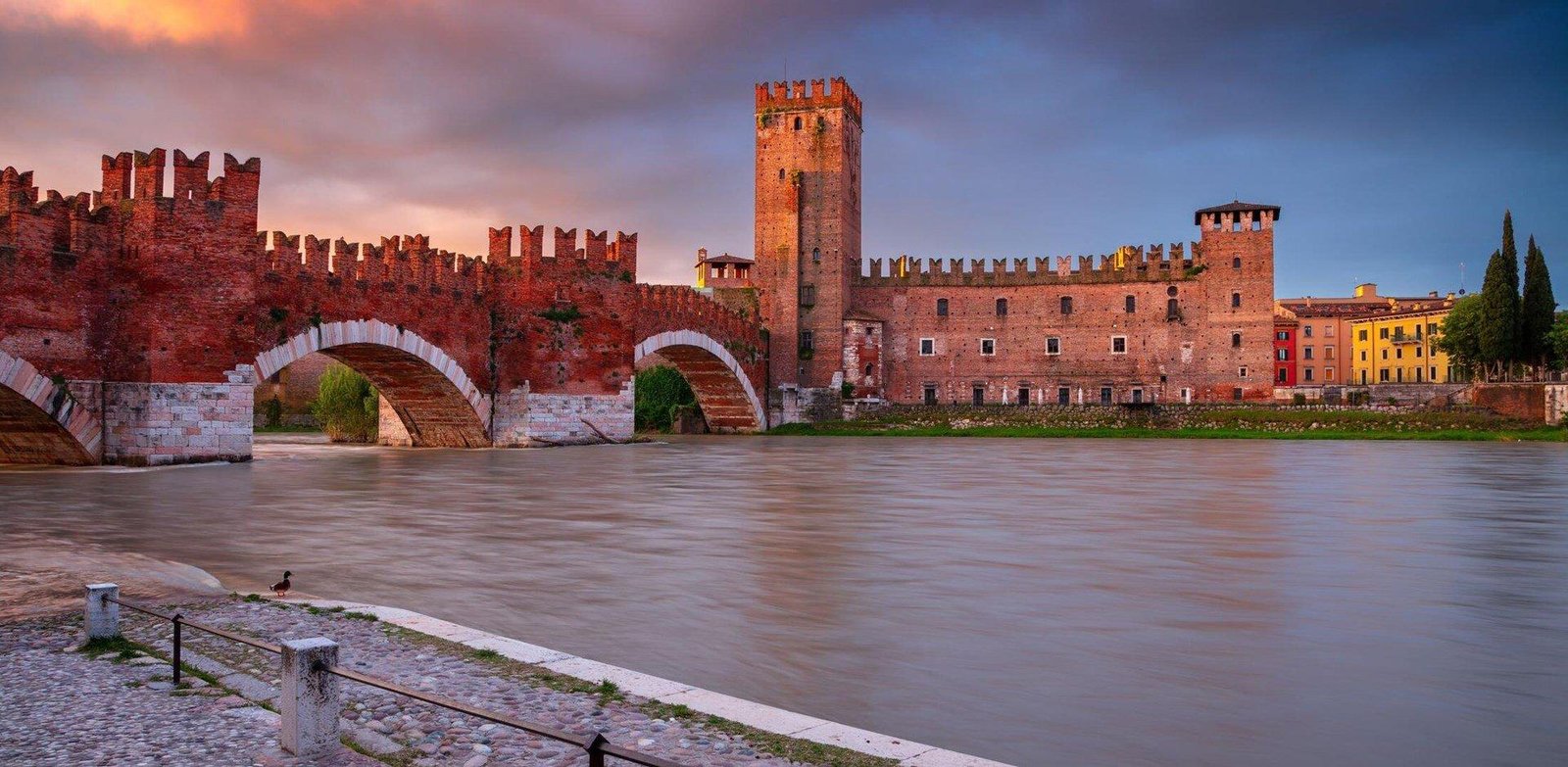
As one wanders through the streets of Verona, the medieval influence becomes apparent. The Castelvecchio, a fortress built in the 14th century, is a striking example of military architecture. Designed by the architect Cangrande II della Scala, the castle features imposing towers, a fortified bridge, and a moat. Today, Castelvecchio houses an art museum with a notable collection of medieval and Renaissance artworks, making it a cultural highlight of the city.
Another remarkable medieval structure is the Scaliger Tombs, a group of ornate funerary monuments dedicated to the powerful Scaliger family, who ruled Verona in the 13th and 14th centuries. The tombs are adorned with intricate sculptures and Gothic arches, showcasing the craftsmanship of the period. This site is a testament to the city's rich history and the influence of the Scaligers on Verona's development.

Verona's architectural narrative continues with the Renaissance period, which brought a wave of artistic and architectural innovation. The Palazzo della Ragione, located in the Piazza delle Erbe, is a prime example of Renaissance architecture. This building, originally constructed in the 12th century, features a grand façade adorned with frescoes and a large clock tower. The Palazzo served as the seat of municipal government and is now home to a vibrant market, where visitors can experience the lively atmosphere of the city.
The nearby Casa di Giulietta, famously associated with Shakespeare's Juliet, is a must-visit for romantic souls. The building, with its charming balcony, draws visitors from around the world who seek to connect with the story of star-crossed lovers. The façade, adorned with locks and love notes, reflects the city's enduring romantic legacy and showcases the blend of Gothic and Renaissance architectural elements.
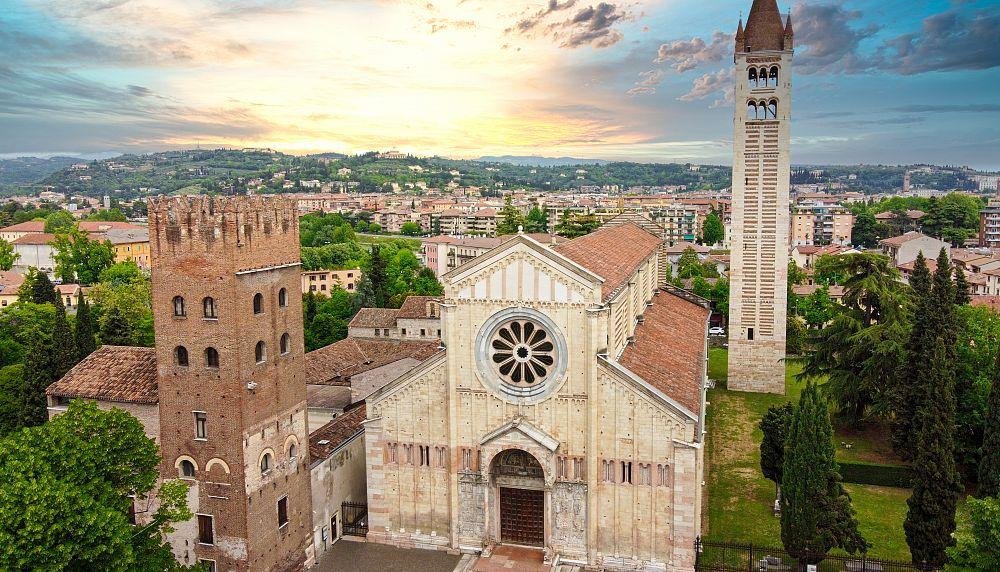
Verona's churches also contribute to its architectural diversity. The Basilica di San Zeno Maggiore, a masterpiece of Romanesque architecture, is dedicated to the patron saint of Verona. The church features a stunning bronze door, intricate frescoes, and a beautiful bell tower. Its serene atmosphere and exquisite design make it a significant spiritual and cultural landmark.
In contrast to the Romanesque style, the Duomo di Verona (Cathedral of Verona) showcases a mix of architectural influences, including Gothic and Renaissance elements. The cathedral's façade features a combination of brick and stone, while the interior boasts beautiful chapels and artworks. The adjacent Baptistery, with its octagonal shape and frescoed ceilings, adds to the architectural richness of the site.

Verona's urban landscape is further enhanced by its charming piazzas and narrow streets. The Piazza delle Erbe, once the site of a Roman forum, is a picturesque square surrounded by medieval buildings, lively markets, and cafes. The Torre dei Lamberti, a towering medieval bell tower, offers panoramic views of the city and serves as a reminder of Verona's historical significance.
Modern architecture has also found its place in Verona, blending seamlessly with the city’s historical fabric. The new Teatro Filarmonico, a contemporary concert hall, showcases innovative design while honoring the city's musical heritage. Its sleek lines and modern amenities contrast beautifully with the surrounding historic structures, demonstrating how contemporary architecture can coexist with the past.
Verona’s architectural identity is further enriched by its bridges. The Ponte Pietra, a Roman arch bridge dating back to the 1st century BC, spans the Adige River and connects the city’s ancient and modern districts. The bridge's elegant design and historical significance make it a beloved landmark, offering stunning views of the river and the surrounding hills.
As Verona continues to evolve, efforts to preserve its architectural heritage remain paramount. Restoration projects aim to maintain the integrity of historical buildings while accommodating contemporary needs. The balance between preservation and modernization is crucial to ensuring that Verona retains its unique character and charm.
The city hosts various festivals and events that celebrate its architectural heritage. The Verona Opera Festival, held annually in the Arena, attracts opera enthusiasts from around the world. The performances against the backdrop of the ancient amphitheater create a magical atmosphere, merging art and history in a profound way.
Additionally, Verona's culinary scene is intertwined with its architectural landscape. Traditional trattorias and wine bars, often housed in historic buildings, offer visitors a taste of local cuisine. The combination of delectable food and stunning surroundings enhances the overall experience, inviting guests to savor not only the flavors of Verona but also its rich architectural heritage.
In conclusion, the architecture of Verona, Italy, is a captivating journey through time, showcasing a harmonious blend of historical influences and artistic innovation. From the grand Arena di Verona to the charming streets of the Old Town, the city offers a diverse array of architectural marvels that reflect its rich cultural heritage. The medieval castles, Renaissance palaces, and elegant churches all contribute to the unique character of Verona, making it a true gem of Italy.
As visitors explore the architectural wonders of Verona, they are transported through centuries of history, experiencing the layers of culture that have shaped this remarkable city. Each building tells a story, revealing the aspirations and achievements of the people who have called Verona home throughout the ages. With its stunning architecture and vibrant atmosphere, Verona continues to captivate the hearts of all who visit it.
Share:

